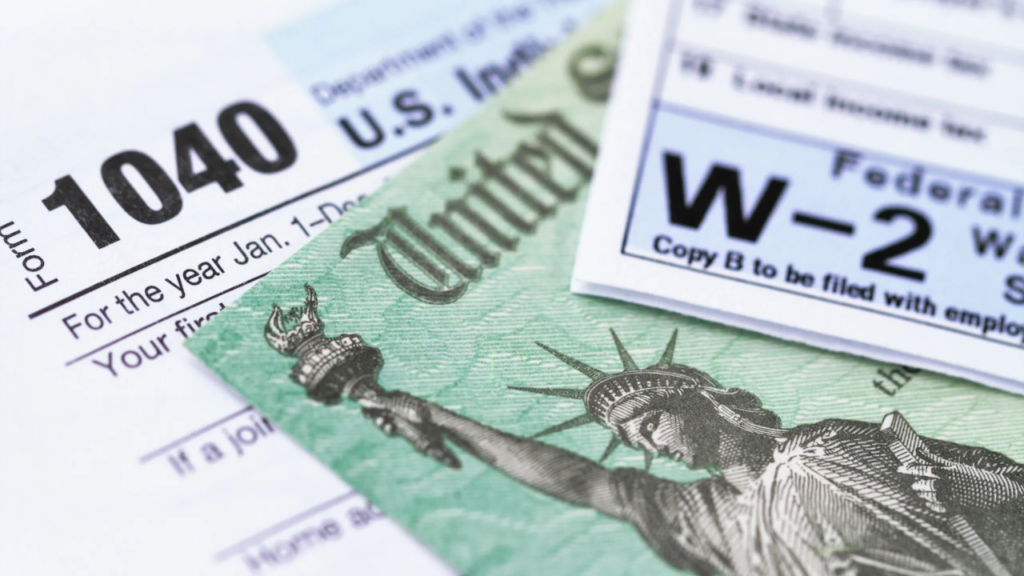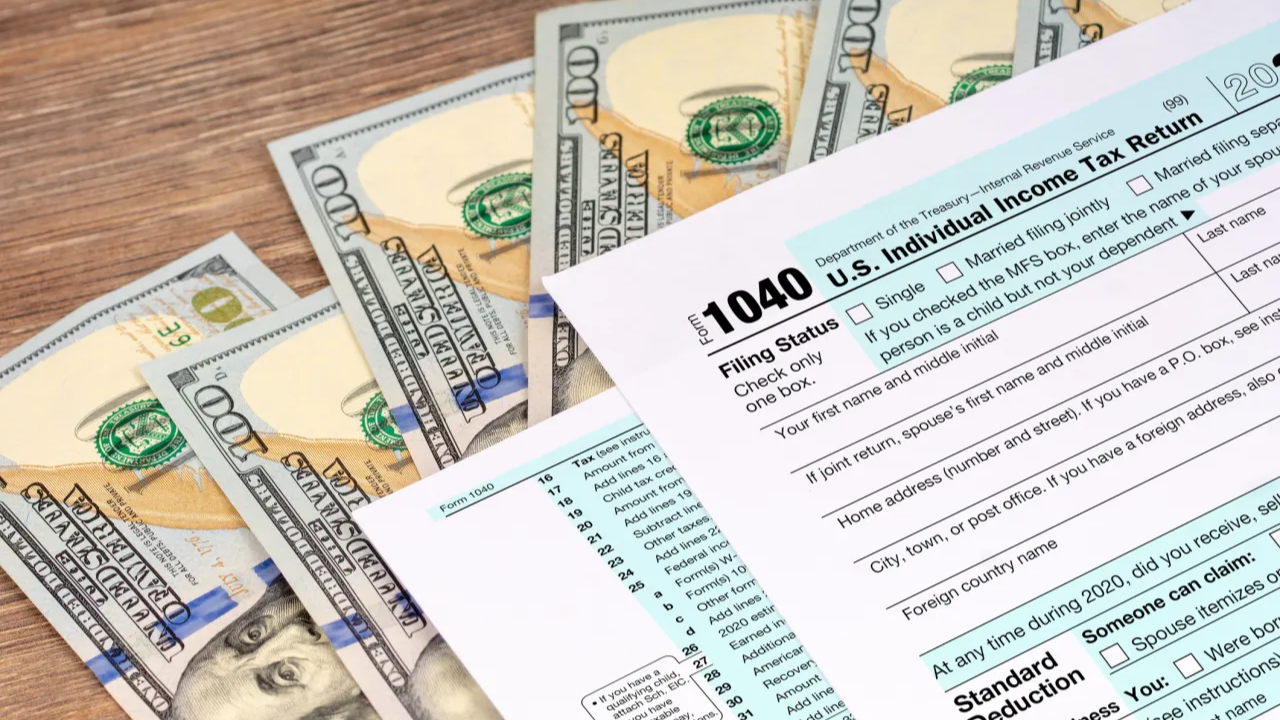The Internal Revenue Service (IRS) has confirmed that many Americans will receive tax refunds averaging around $2,939, with some individuals receiving up to $3,000.
These refunds are being issued to taxpayers who filed their 2024 federal income tax returns between mid-April and May 2025 and overpaid their taxes.
2025 IRS Tax Refund Schedule: Key Dates to Know
The timing of your refund depends on when and how you filed your tax return. Here’s a breakdown:
For Returns Filed Between May 1 and May 15, 2025:
- E-filing with Direct Deposit: Expect your refund between May 22 and June 4, 2025.
- E-filing with Mailed Check: Refunds are anticipated between May 29 and June 11, 2025.
- Paper Filing: Refunds should arrive between June 26 and July 10, 2025.
For Returns Filed Between May 16 and May 31, 2025:
- E-filing with Direct Deposit: Expect your refund between June 6 and June 19, 2025.
- E-filing with Mailed Check: Refunds are anticipated between June 13 and June 26, 2025.
- Paper Filing: Refunds should arrive between July 11 and July 25, 2025.
Keep in mind that these dates are estimates, and actual refund dates may vary based on individual circumstances.
Tracking Your Refund: “Where’s My Refund?” Tool
To monitor the status of your refund, use the IRS’s “Where’s My Refund?” tool available on their official website. You’ll need the following information:
- Your Social Security number or Individual Taxpayer Identification Number.
- Your filing status.
- The exact refund amount.
The tool will display one of three statuses:
- Return Received: The IRS has received your tax return and is processing it.
- Refund Approved: Your refund has been approved and is being prepared for issuance.
- Refund Sent: Your refund has been sent to your bank or mailed to you
For e-filed returns, information is typically available within 24 hours. For paper returns, it may take up to four weeks.
Common Reasons for Refund Delays

Several factors can cause delays in receiving your tax refund:
- Errors in Tax Return: Mistakes in personal information or bank details can slow down processing.
- Incomplete Documentation: Missing forms or required information can lead to delays.
- Paper Filing: Paper returns take longer to process than electronic filings.
- Claiming Certain Tax Credits: Returns claiming the Earned Income Tax Credit (EITC) or Child Tax Credit (CTC) may undergo additional review, extending processing time.
- Identity Verification: Additional checks to prevent fraud can delay refunds.
To minimize delays, ensure your return is accurate, complete, and filed electronically with direct deposit selected.
Extended Deadlines for Disaster-Affected Areas
The IRS has granted extended tax filing and payment deadlines for individuals and businesses in areas affected by federally declared natural disasters. For example:
- Arkansas: Deadline extended to November 3, 2025.
- North Carolina: Deadline extended to September 25, 2025.
- Los Angeles County, California: Deadline extended to October 15, 2025
If you reside in one of these areas and filed your return recently, your refund may still be processing.
Tips to Receive Your Refund Faster
To expedite your tax refund:
- File Electronically: E-filing is processed faster than paper returns.
- Choose Direct Deposit: Opting for direct deposit speeds up the receipt of your refund.
- Ensure Accuracy: Double-check your return for errors or omissions.
- Include All Necessary Documentation: Submit all required forms and information.
Following these steps can help you receive your refund in as little as 8 days.
Conclusion
The IRS is actively issuing tax refunds for the 2024 tax year, with many Americans receiving substantial amounts.
By filing electronically, choosing direct deposit, and ensuring your return is accurate and complete, you can expedite the refund process. For the most current information, regularly check the IRS’s “Where’s My Refund?” tool






